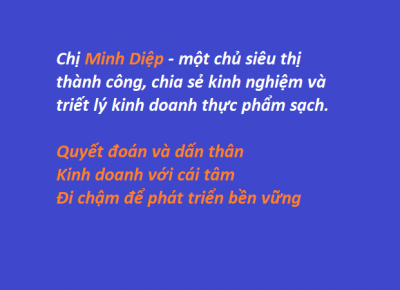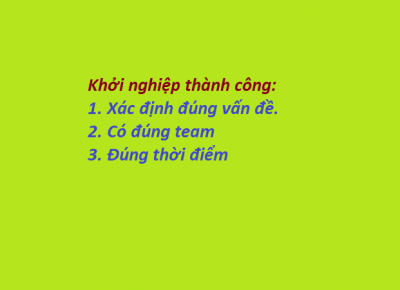The Difference between Speech and Writing?
When we talk about 'language', sometimes we mean speech (spoken language), sometimes writing (written language). How are they different? Of course, speech is spoken and heard, while writing is written and read. But there are many other differences:
Age. Speech goes back to human beginnings, perhaps a million years ago. Writing is relatively recent, however; it was first invented by the Sumerians, in Mesopotamia, around 3200 B.C. Since then, the idea of writing has spread around the world and different writing systems have evolved in different parts of the world.
Universality. Humans everywhere can speak. But before the Sumerian invention, people were nonliterate. Even now there are many nonliterate groups (e.g. in New Guinea), and many nonliterate people in officially literate societies.
Acquisition. People everywhere start speaking during the first two years of life; many of the abilities involved are probably inborn rather than learned. Learning to write typically builds on learning to speak.
Levels of Structure. Speech consists of two types of basic units: 'Phonemes' or units of sound, which are themselves meaningless, are combined into 'morphemes', which are meaningful units; so the phonemes /b/, /i/, /t/ form the word 'bit'. Alphabetic scripts work the same way. In a different type of script, the syllabary, the basic unit, corresponds to a spoken syllable; Japanese and Cherokee use this system. In logographic script, e.g. Chinese, each character corresponds to an entire morpheme (usually a word). (For further information on scripts, see Daniels and Bright 1996.)
Interdependence. Most literate people can convey the same messages in either speech or writing, but speech typically conveys more explicit information than writing. Hebrew and Arabic scripts indicate consonants but often omit symbols for vowels. In Chinese, the symbols that correspond to words may give no indication of pronunciation, or only partial cues. The spoken and written forms of a given language tend to correspond on one or more levels and may influence each other—as when 'through' is spelled 'thru'. Conversely, in spelling pronunciation, people may come to pronounce the 't' in 'often' even though historically it had been lost. Some formal literary styles, like Classical Chinese, acquire a life of their own in written form and have little direct relationship to speech.
Retrievability. Until the invention of magnetic recording, speech could not be captured or preserved, except by fallible memories and by writing. But writing can be preserved for millennia. Its permanence has made possible such human institutions as libraries, histories, schedules, dictionaries, menus, and what we generally call 'civilization'.
Literary Use. Nonliterate societies have traditions—songs, rituals, legends, myths—composed orally and preserved by memory. Such texts may be called oral literature. By contrast, writing permits what is more often called 'literature', i.e. bodies of text which are much larger and more codified than memory permits. Yet even in literate societies, dramatic performance and reading aloud remain important traditions.
Prestige. Written language is associated with political and economic power, admired literature, and educational institutions, all of which lend it high prestige. In literate societies, people often come to think of their written language as basic; they may regard speech as inferior. Nevertheless, writing can be perceived as colder or more impersonal than speech.
Standardization. Spoken languages have dialects—forms varying across geographical areas and social groups. But in complex societies that use writing, the needs of communication encourage moves toward a single written norm, codified by governmental, educational, and literary institutions. The prestige of the written standard is then likely to influence speech as well.
Formality. Communication may be formal or casual. In literate societies, writing may be associated with formal style and speech, with casual style. In formal circumstances (oratory, sermons), a person may 'talk like a book', adapting written style for use in speech. Formal and informal styles may be very distinct, e.g. in Arabic, and can virtually be different languages.
Change. Spoken language, everywhere and always, undergoes continual change of which speakers may be relatively unaware. Written language, because of its permanence and standardization, shows slower and less sweeping changes; the spelling of English has changed much less than its pronunciation since Chaucer's time. This in turn is linked to the factors of formality and prestige.
Original article from linguisticsociety.org









